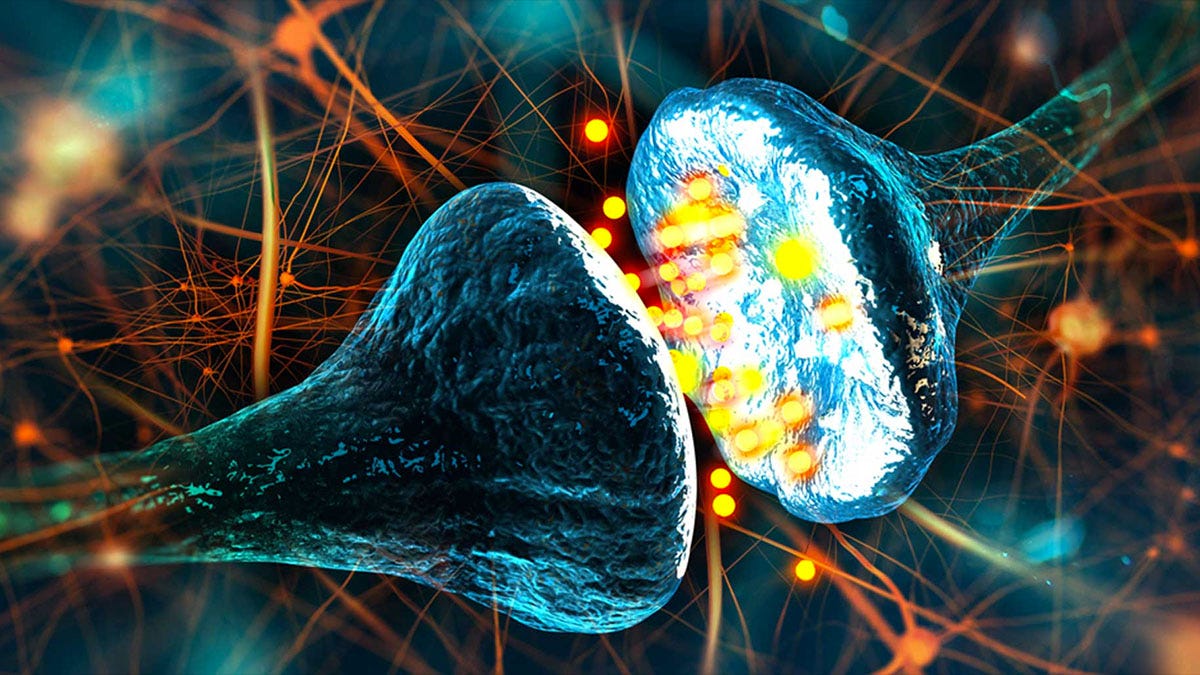your science briefing for 01.08.2025
A new discovery in the fight against Alzheimer’s, a surprise in the search on why birth rates are fell in wealthy nations, genetics track Europe's great migrations, and more...
Neurons get all the glory when it comes to talking about brains, but glial cells are just as important, in charge of regulatory functions and cleaning up chemical messes. But not all glial cells are dutiful do-gooders. Some can accelerate Alzheimer’s disease by eating away at synapses with toxic fatty compounds, and knowing how to track them and stop them could slow the progression of the disease… (CUNY)
All human blood types are neatly categorized in the ABO model and have stayed more or less the same since 1965 since they successfully work for something like 99.9% of patients. However, there are some surprise mismatches between antigens that result in life-threatening and even fatal events. New research just found another mutation in a blood antigen called AnWj, clearing the way for safer transfusions and detection of a host of potential conditions and diseases for those affected… (Science Alert)
While our oligarchs worry about falling birth rates around the world, and are dreaming of ways to get us to make more children no matter what, researchers have looked into why we’re really having fewer kids. Soaring costs of living, pollution, and the gospel of mandatory hustle culture going worldwide certainly do play their parts. But more than half of the drop is thanks to the near-elimination of teen pregnancy… (Economist)
Cancer research is perhaps one of the most frustrating areas of biology as it turns out that the same genes that could be responsible for helping cancer cells grow can also prevent other cancers from developing. Just take the relationship between an old cell cleanup gene CDKN2A and the tumor suppressing protein p53… (SciTech Daily)
Human migrations are as old as, well, hominid species. And a new genome analysis technique called “twigstats” showed three major waves of migration in Europe: from Scandinavia into the Roman Empire, back up North after the collapse of Rome, and a return Southward as well as branching out into the British Isles and Eastern Europe in the Viking Age… (LiveScience)
![[ world of weird things ]](https://substackcdn.com/image/fetch/$s_!V-uR!,w_80,h_80,c_fill,f_auto,q_auto:good,fl_progressive:steep,g_auto/https%3A%2F%2Fsubstack-post-media.s3.amazonaws.com%2Fpublic%2Fimages%2F93728edf-9a13-4b2b-9a33-3ef171b5c8d8_600x600.png)

